 Gulls in central Russia
Gulls in central Russia
(last update: January 2015)
Grzegorz Neubauer (Poland)
Sasha Esergepov (Russia)
Larus cachinnans? 3cy PTAH January 08 2016, Ashdod, Israel (31°50'52"N 034°42'25"E). Picture: Amir Ben Dov.
rings: metal Moskwa DB587990, yellow PTAH (black inscription)
species: Larus cachinnans group (cachinnans, barabensis or intergrade)
age: nestling / pullus (age > 25 days)
date: 07.06.2014
place: Selitba Lake, Penza oblast, Russia, central point of the lake: 53°10'11.04"N, 46°50'9.84"E
Ringer: Larisa Plusnina et al.
Distance travelled is 2562.4 km, direction 202.6 deg (almost perfectly south).
Bird also recorded as 2CY, at Ashdod on March 13 2015.
Pictures in clouded conditions. On some images direct comparison possible with birds that look like perfect cachinnans, and this PTAH is an obvious shade darker than such adult cachinnans. Mirror on P10, otherwise much immature looking. Note solidly dark greater coverts, much black on bill and fine streaked head. Pink legs and very white underparts and side of breast.

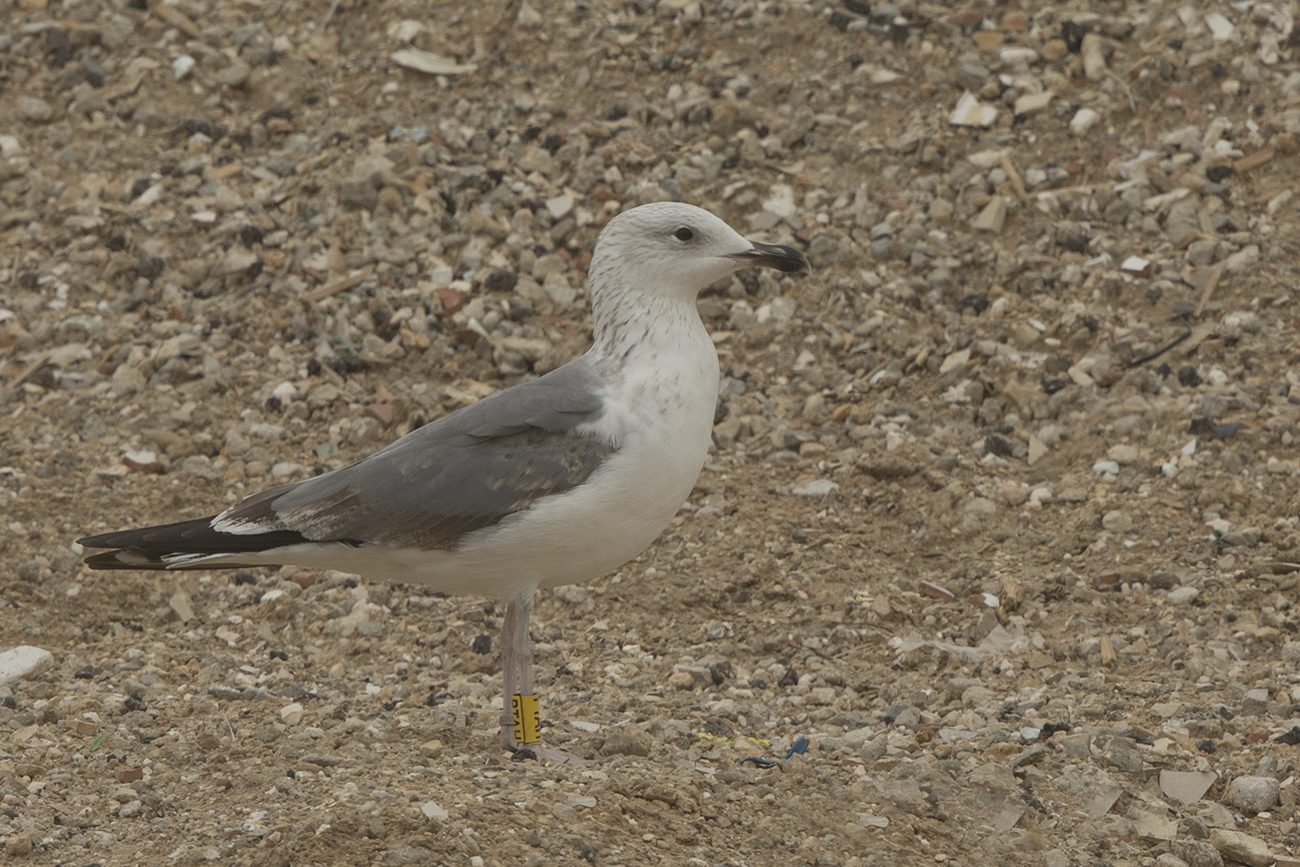
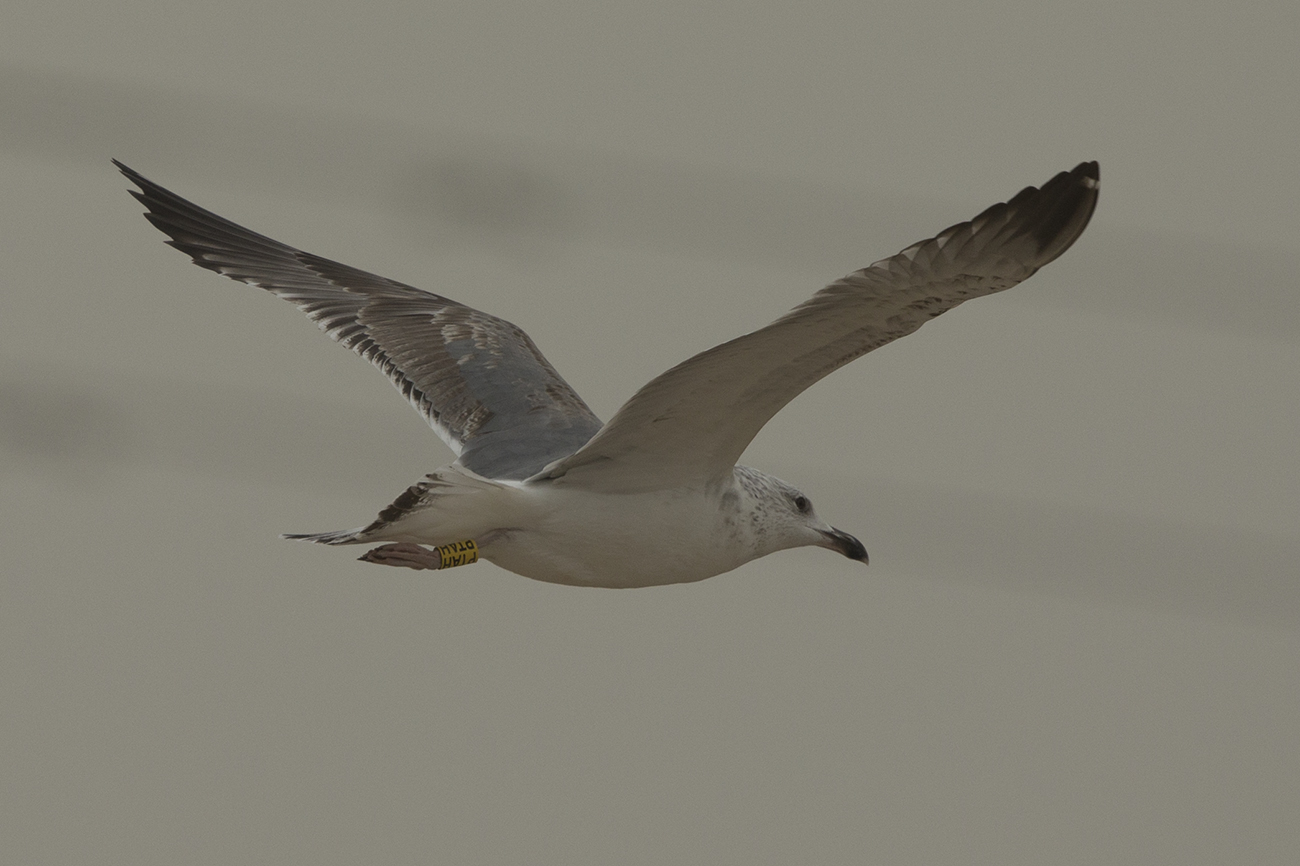
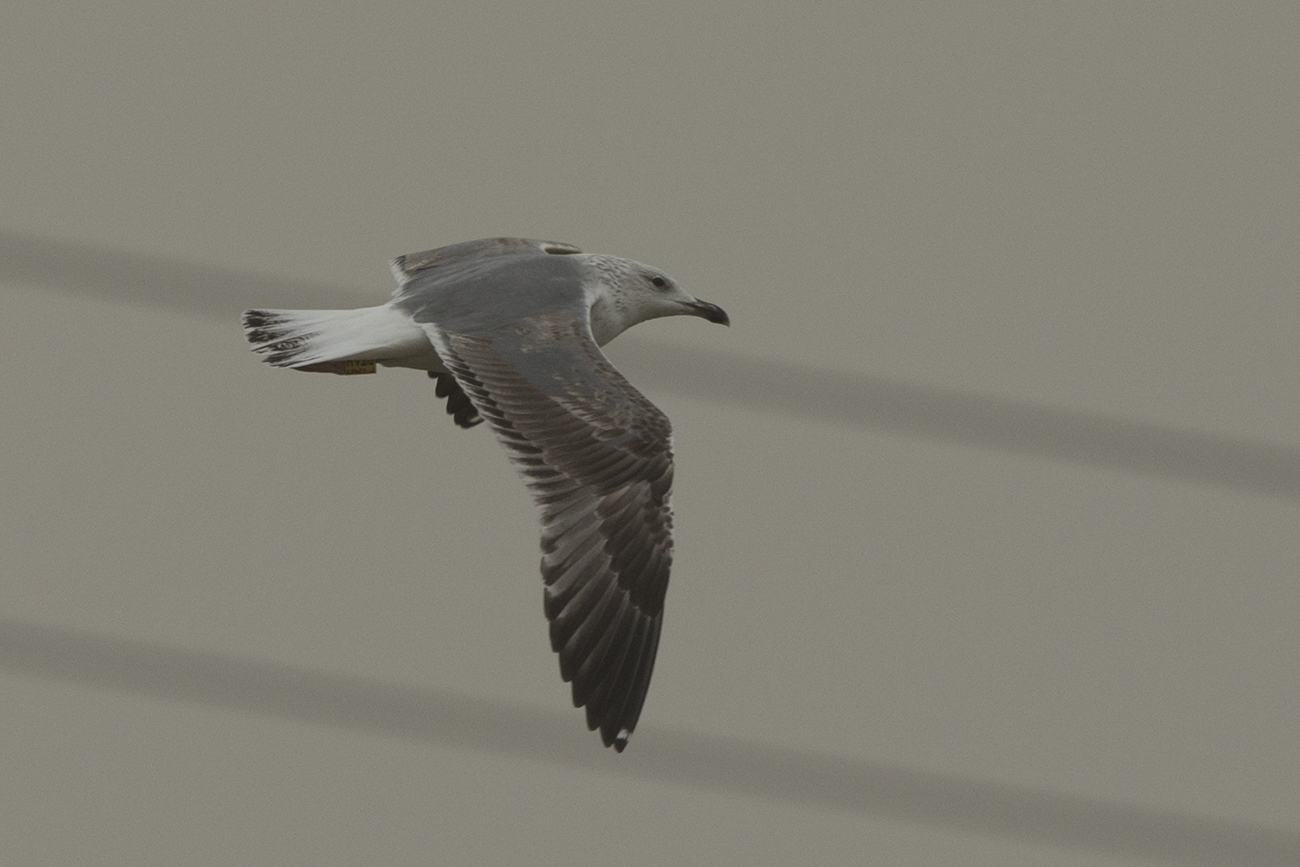
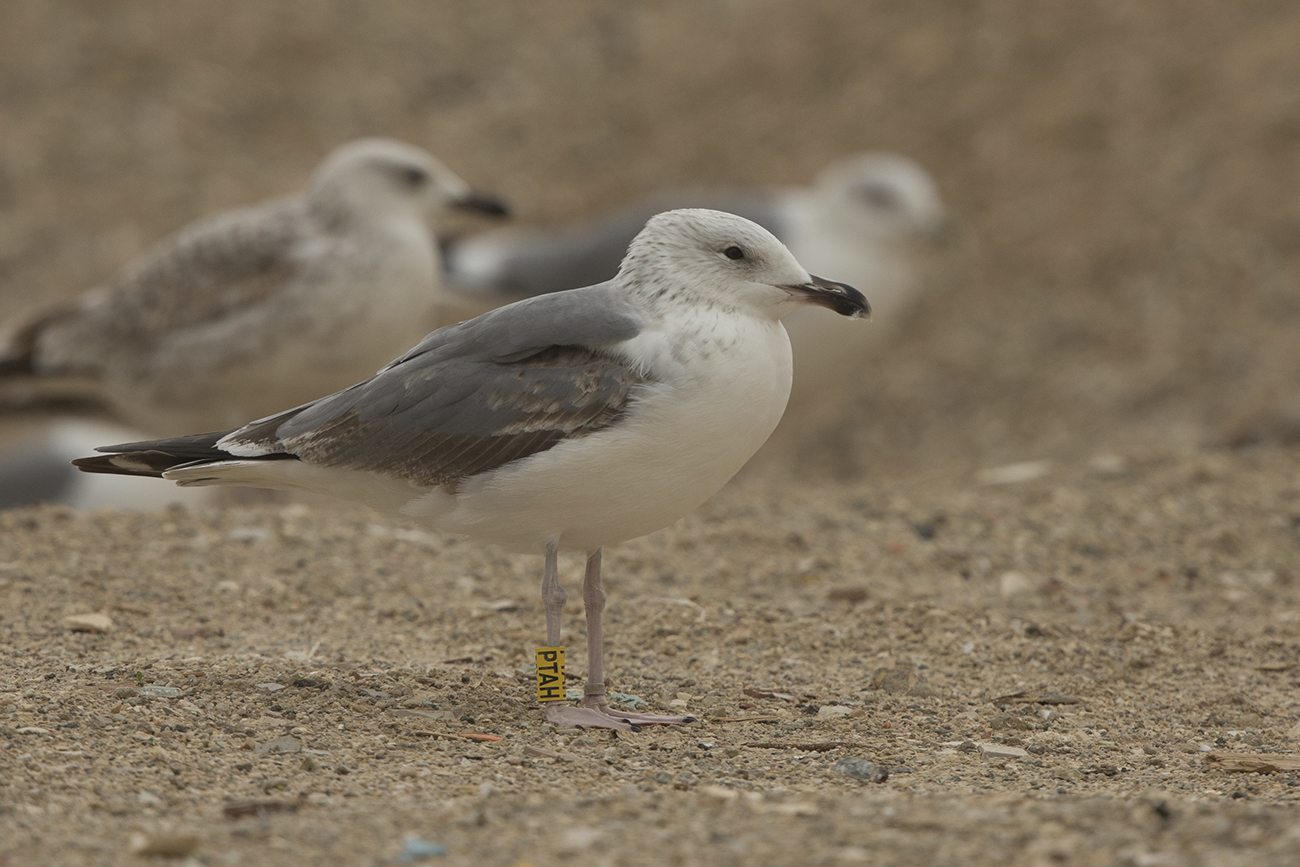
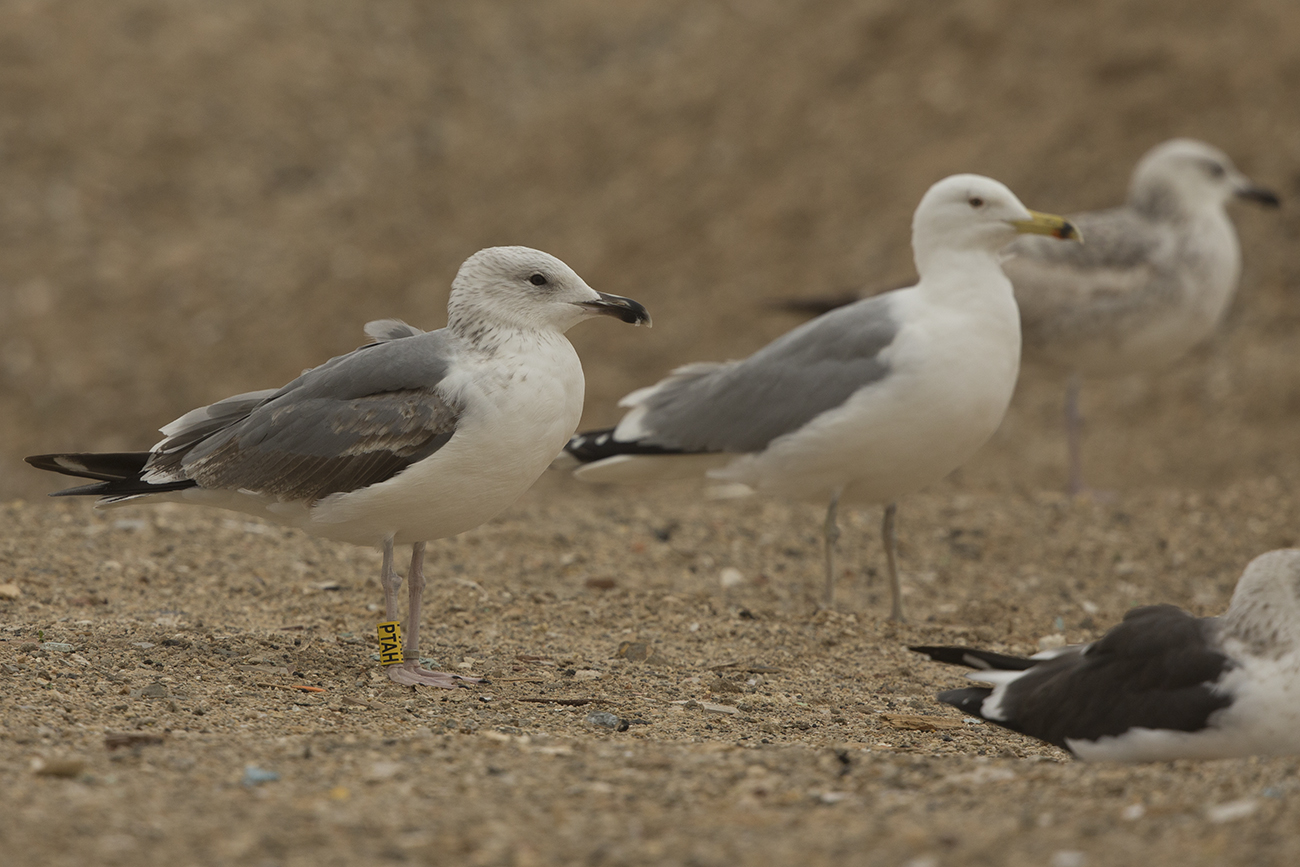


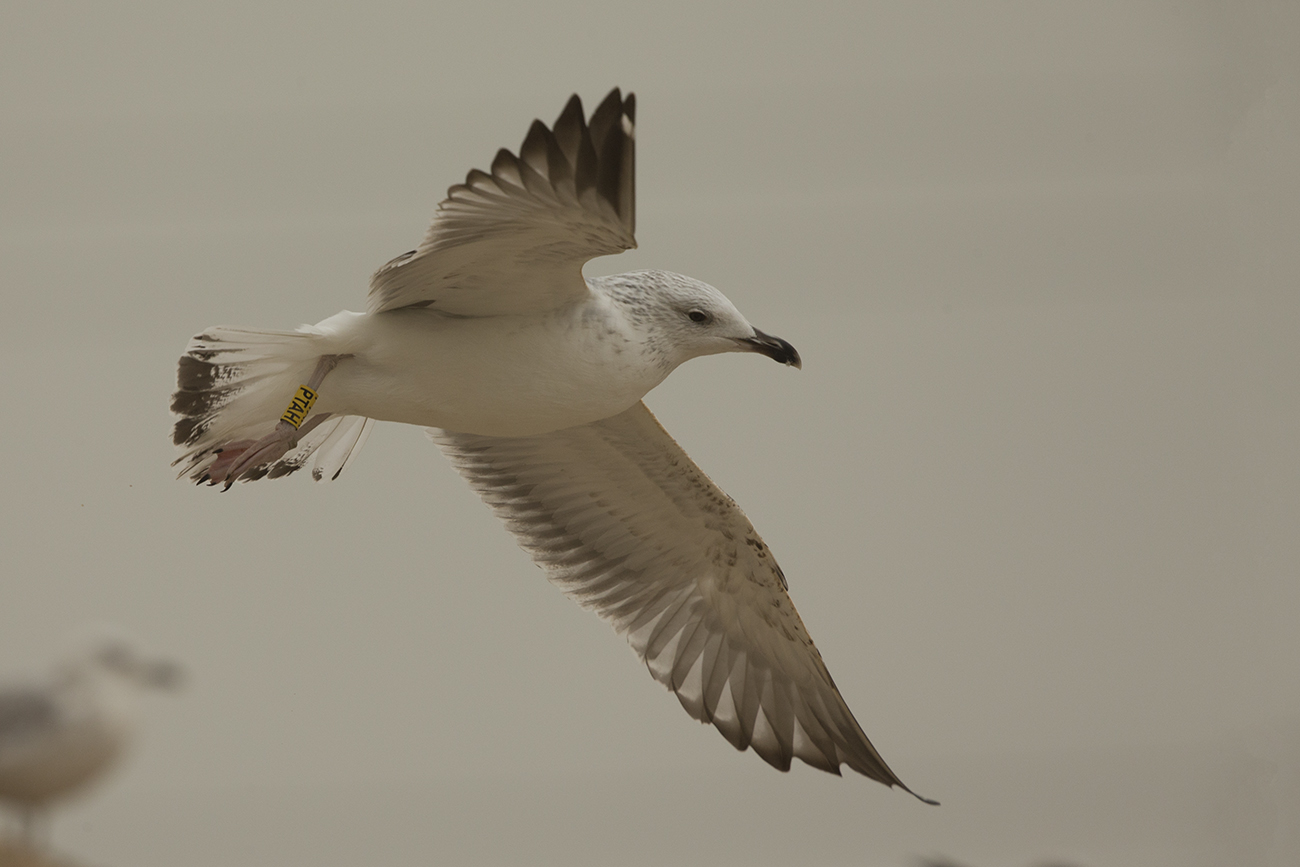
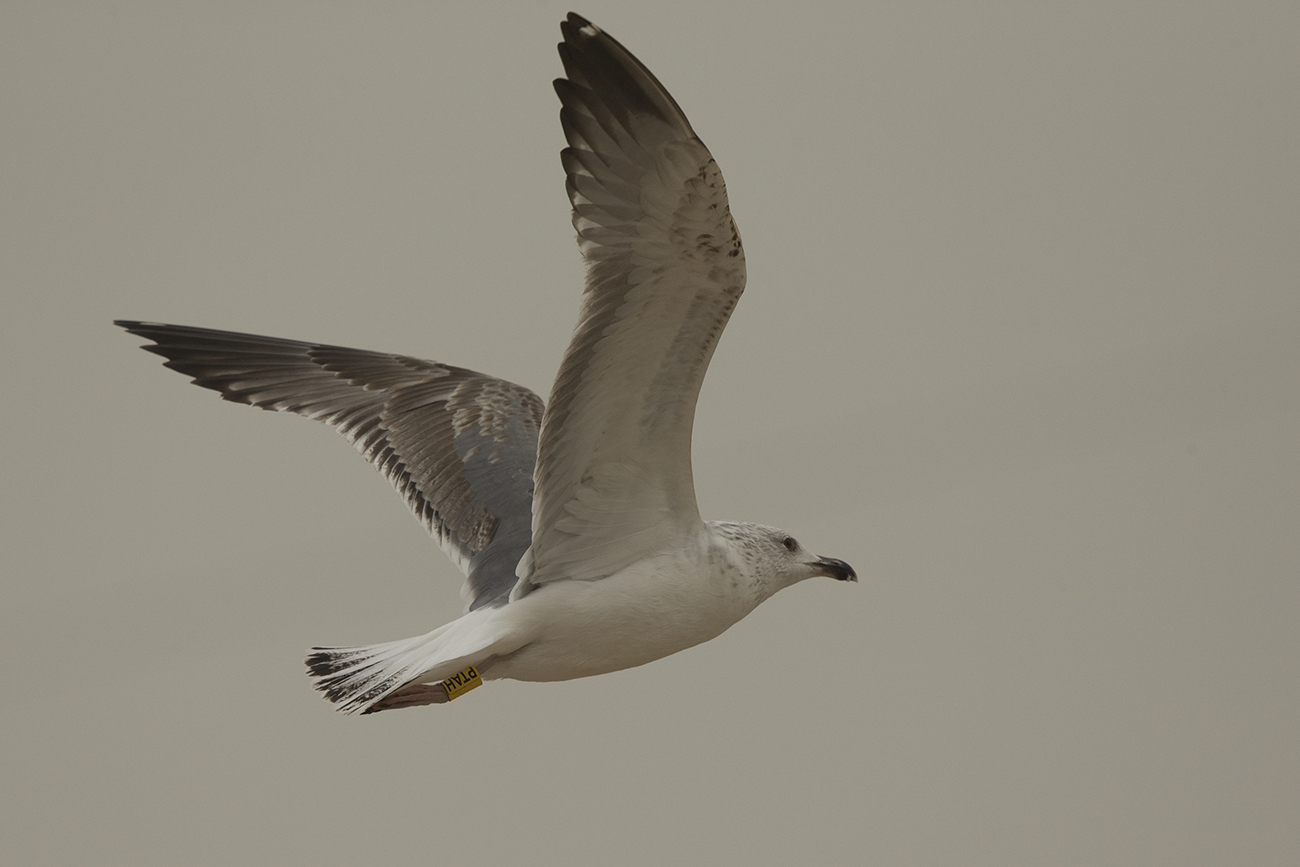
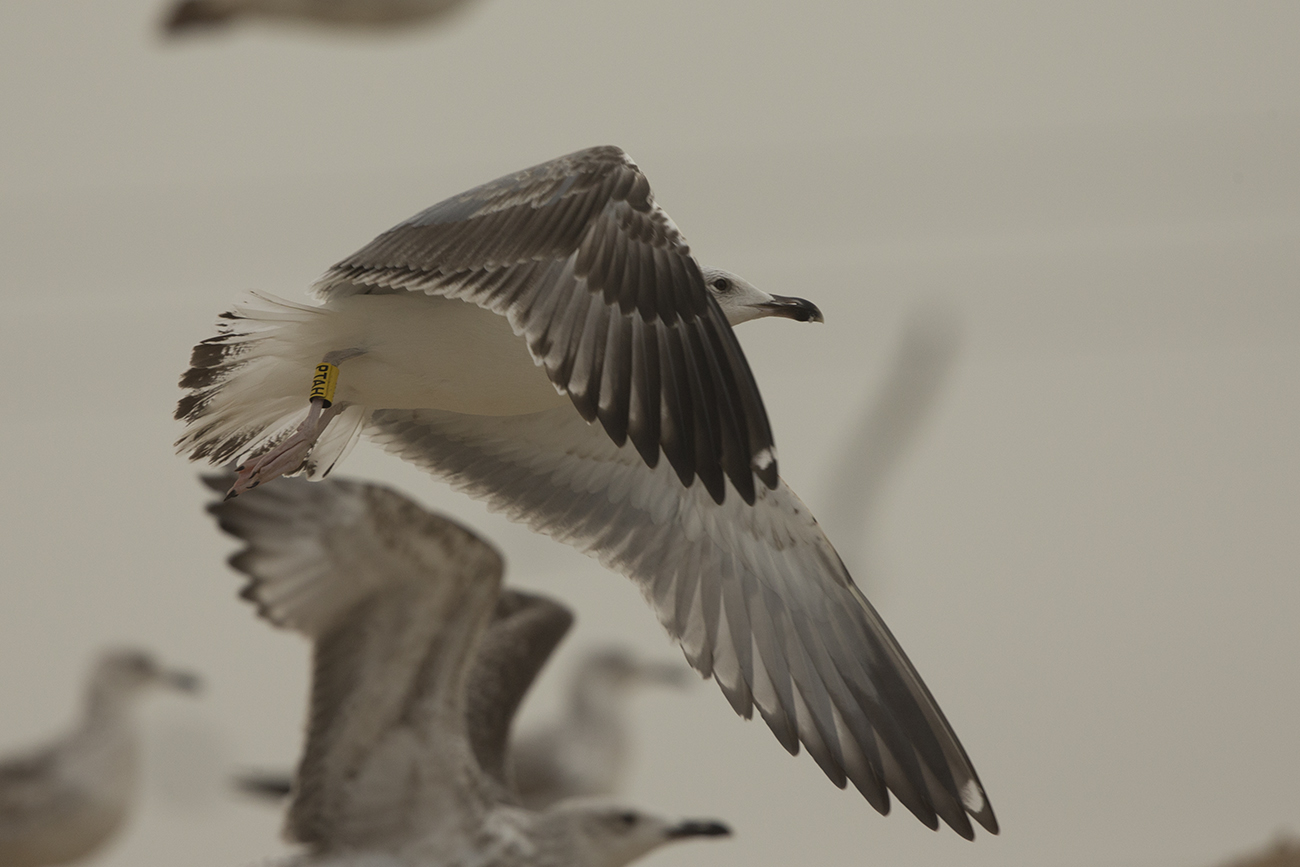

Below: over 1000 birds in one reservoir as the storm is ahead.




below: Selitba Lake, Penza oblast, Russia (53°10'11.04"N, 46°50'9.84"E).
The colony is in reeds at a shallow lake in the forest-steppe zone, and is a mixed one. That is, cachinnans and barabensis-type gulls are the two taxa which breed there, at times in mixed pairs and some intermediate types are also present. Here you can have a look at adults from there. Probably heuglini does not breed this far south (tundra breeding species), though few birds were nearly as dark as heuglini (clearly darker than baraba's from SW Siberia). When the chicka are ringed, several alrming adults fly overhead, but it is impossible to tell which is the parents, and therefore which taxon the pullus belongs to. Observations from ringed birds, once they are adult, should confirm taxon.
Shallow lake near Kuznetsk, Penza Oblast, between Moskwa and River Volga.
.jpg)
